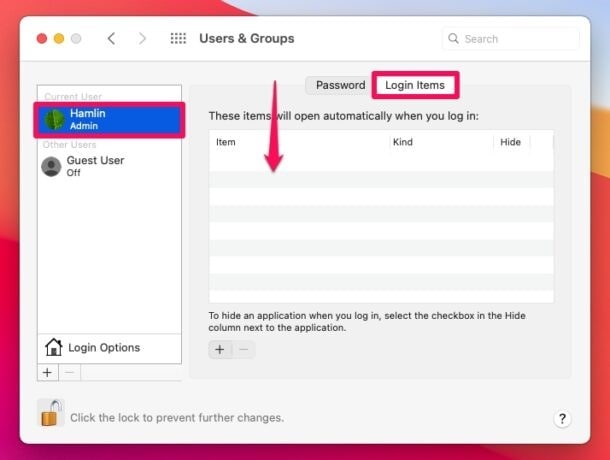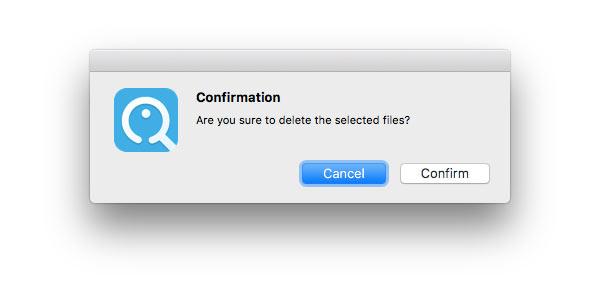

Dropbox's syncing and file-sharing features are integrated with the Finder (the Mac file manager), and there's a little icon in the Mac's Menu Bar at the top of the screen for when you need to change a setting. Dropbox has always been the kind of application that is there when you need it and gets out of the way when you don't. I'll get into that more later in this article.īut the Dock icon and window is a major change in how Dropbox presents itself to users. (It's going up to $158 next time I get billed, in February.) It's worth it to me because Dropbox still works great, while the alternatives have always been unreliable or disappointing in other ways when I've tried them. I'm not going to stop using Dropbox-I've been paying the company $138 a year for 2TB of storage and for 12 months' worth of file history, which saves all deleted files and revisions to files. This isn't a huge deal, as I can quit Dropbox's new file browser and get rid of that Dock icon each time my computer starts up. If my computer restarts or if Dropbox restarts, the new Dropbox window that I don't want pops up in the Dock: If you're not familiar with Macs, the Dock is the line of applications on the bottom of the screen (or the side, if you've moved it in the settings) and serves the same function as the Windows Taskbar. To summarize, the problem is this: Dropbox now opens a new file browser and an associated Dock icon every time it starts, even if you don't want it to. I don't blame the individual support reps-Dropbox the company needs to make sure its employees are prepared to answer user questions, especially in advance of major changes that will inevitably lead to a rise in user complaints. But when Dropbox rolled out a major change to its Mac application, it had support reps replying to Mac users without knowing what they were talking about. As a result, Dropbox's users have to explain to Dropbox employees how Dropbox's application works on the Mac.Īs a division of labor, it probably makes sense for some support reps to specialize in Dropbox for Windows, or Dropbox for Mac, or Dropbox for mobile devices, etc. Instead, I learned something both frustrating and fascinating: there are numerous Dropbox support employees who apparently have never used their company's Mac application and do not understand how it works.
Force quit dropbox mac how to#
How to take a screenshot or video on a Mac, iPad or iPhone.Further Reading Dropbox silently installs new file manager app on users’ systems
Force quit dropbox mac install#
MacOS: How to install Office 365 Apps on a Mac.
Force quit dropbox mac download#
Tutorial: download and install Microsoft Edge web browser for macOS Select the desired app and press: Forced Quit. Next, you will see the: Forced Quit Applications window. Shortcut keys to force close a program on a Mac? Select the desired app and press: forced shutdown. Press the Apple icon at the top and select: Forced Shutdown.

Forcing an application to close on a Mac? Closing an application in the normal way in macOS

If Microsoft Teams or any other application gets stuck, unresponsive or slow to respond, you always have the option to close and restart the application completely. If an application on your Mac stops responding and you can't stop the app normally, you can always choose to force stop this app.


 0 kommentar(er)
0 kommentar(er)
